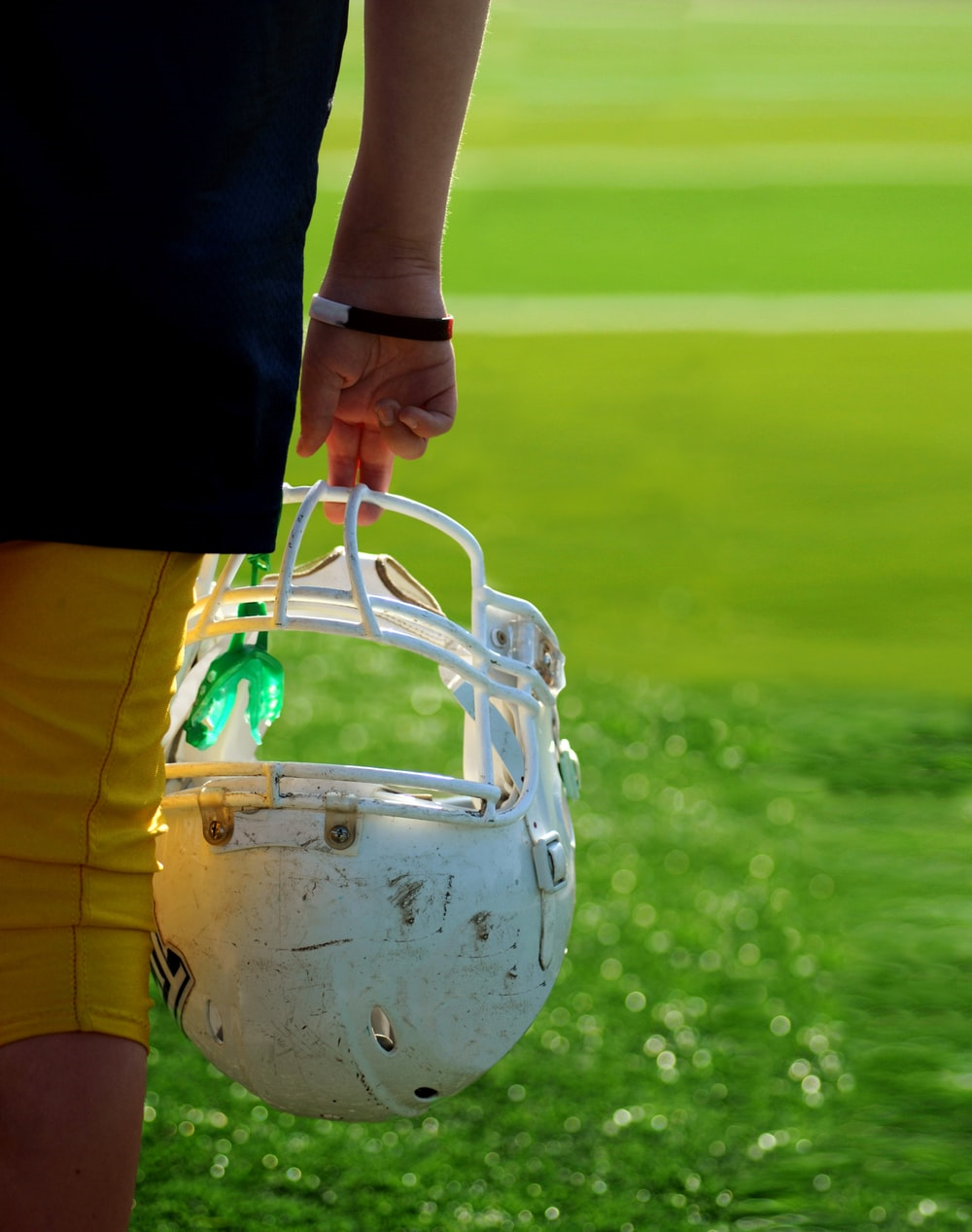Worldwide, 20% of people will experience a traumatic dental injury every year, and sports are a leading cause of fractures and avulsions to the natural teeth. If you love participating in sports, recreationally or competitively, you know how important it is to protect your body from injury. Finding the right gear to protect your teeth is just as important as wearing helmets, kneepads and shin guards. A sports mouthguard is the most effective way to minimise the risk of injury to your teeth, gums, tongue and cheeks.
Taking steps to ensure a proper fit your sports mouthguard
When it comes it choosing a mouthguard, there are three popular options available; you can choose a stock mouth guard, a boil-and-bite mouth guard or a customised night guard. A stock mouthguard may be the most convenient, but least effective option. These mouthguards are not designed for the unique dimensions of your mouth; but are available in sizes like small, medium and large; and may need to be continuously held in place during use. A boil-and-bite mouth guard, on the other hand, is first softened by heat, then moulded to fit the contours of your mouth. A custom fitted mouth guard designed by your dentist achieves the most precise fit, using an exact impression of your teeth. A customised mouthguard may be the most expensive option, but offers the most effective protection and the most comfortable fit.
Choosing a mouthguard if you wear braces
Athletes who wear braces are at an increased risk for oral injury; as the brackets of the braces may come loose and injure the cheeks and gums. If you wear braces, a sports mouth guard is a necessary piece of equipment. Mouthguards for people who wear braces need more space to accommodate the wires and brackets. While many mouthguards are designed to only protect the upper teeth; people who wear braces require both upper and lower arch protection. Because orthodontic treatment changes the alignment of the teeth and bite, mouthguards may need to be augmented or replaced more frequently.
Cleaning and maintaining your mouthguard
After you’re done using your mouth guard for the day, thoroughly brush your teeth, then take time to scrub your mouthguard with soap and water to prevent bacteria buildup. You can use a separate toothbrush for cleaning the crevices of your mouthguard. Allow it to thoroughly dry after cleaning, as residual dampness can cause mould to grow. Keep your mouthguard in its protective case whenever you’re not using it to prevent it from becoming dirty, damaged or broken.
While you may assume mouthguards are only important for high contact sports like rugby, boxing and martial arts; sports like cycling, running and gymnastics can also lead to dental injury. A dental healthcare specialist can teach you more about the importance of correctly utilising and maintaining your sports mouthguard. Talk to your dentist about steps you can take to protect you and your family’s oral health while playing and exercising.
Jennifer




